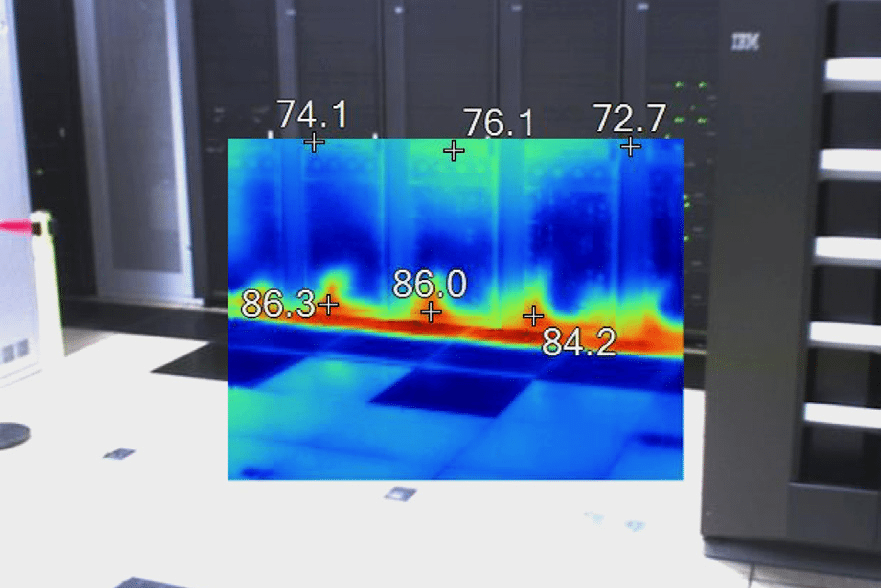Making the Case for Airflow Management Initiatives11 min read

So here’s the scenario: your facility is over-spending thousands of dollars on cooling costs due to poor and/or lack of airflow management initiatives. You decide it’s time to improve your airflow management strategy, and in return improve your facility’s PUE and significantly reduce cooling costs. As you’re going through your checklist of what needs to be completed, you start to realize that this may be much easier said than done. Aside from working these initiatives into the budget and justifying a reasonable ROI, you also have to get approval from everyone and their brother (figuratively speaking, of course). So how do you make your case?
While the basics of airflow management are commonly understood, there are additional substantial benefits often left out the conservation when considering airflow management initiatives. When these benefits are included, it becomes much easier to approve airflow management improvements, and the likelihood of multiple benefits being realized increases significantly.
The benefits of properly managing your airflow
Airflow management fundamentals are simple: keep conditioned air from mixing with exhaust air. Primary methods for achieving this include standard procedures such as: layout of cabinets in hot and cold aisles, sealing raised-floor openings with grommets, proper placement of perforated tiles, sealing cabinets with blanking panels, and filling gaps between cabinets. In some cases, hot or cold aisle containment is also a necessary solution.
By making these improvements, two immediate benefits can be seen in most cases:
- IT intake temperatures can be reduced, improving IT equipment reliability.
- Eliminating bypass airflow, ensuring supply air is delivered where it is needed, allowing for higher cabinet densities.
Now it’s time to make your case…
The above are well-known benefits, but it is common that the changes to cooling unit controls, necessary to realize operating cost reductions, are not made. Raising the return, or supply air temperature set points of cooling units will increase the efficiency and capacity of the units. This ultimately results in OpEx improvements that ripple through the entire system. Allowing the following:
- Units can be turned off, or fans speeds lowered for units with variable frequency drives (VFDs).
- Condensation on cooling unit coils is reduced or eliminated, further increasing cooling capacity and reducing or eliminating the need for costly humidification.
- Chilled water temperatures can be raised, improving the efficiency of the chillers.
- Increased hours of economization and free cooling are made possible allowing the room to be run at warmer temperatures.
Conclusion
Making the case for airflow management initiatives isn’t easy; there are many hoops you have to jump through in order to implement an airflow management strategy in your facility. To help minimize this process, there’s one thing you should always remember: airflow management allows higher cooling unit set points, resulting in greater efficiency and capacity. Once this is realized, benefits can be seen throughout the entire system, making it much easier to approve an airflow management strategy.
1 Comment
Submit a Comment
Airflow Management Awareness Month
Free Informative webinars every Tuesday in June.
Utility incentives/rebates should further help to improve the ROI and justification.